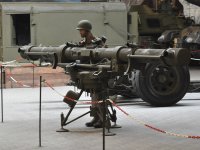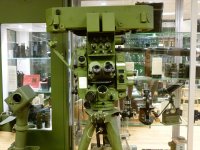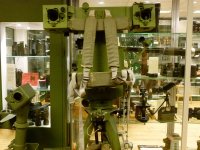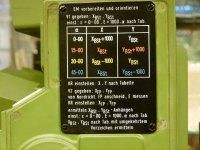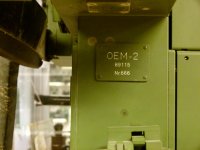wdc
Well-known member

Bill,
Before reading your post #99 I had another go at finding the tower.
From my knowledge of the area I thought it might be 800 metres away in the train marshaling yard.
So I carefully looked for shadows and found it.
The shadow is aligned with the train tracks, so wasn't seen earlier.
The distance to the tower is 820 metres.
The height may be 300ft or 250ft. Assuming the highest trees are 60ft and their shadow length. The Sun's elevation may be only 25 degrees or so.
However, now I know the distance I can accurately get the height using a spotting scope.
Although my laser rangefinder should measure to 1100 metres it assumes a good target.
The girder structure obviously didn't give a good return.
The 312m measure was probably to an intervening tree branch. I have even had distant returns from a single leaf rather than what I wanted to measure.
The lights are incredibly bright from 820 metres, but they allow train work at night.
But they should have a cut off rather than polluting the area for miles around.
Regards,
B.
Success! I admit to using Google Earth for everything from scouting and film research, to looking for spots I may want to paint, as well as just sheer visual curiosity. A pretty powerful tool that is 'free'.
Too bad about the light pollution from the tower. I saw this photo of a coincidence rangefinder that you might enjoy having installed on your roof. I think you would put it to good use!
Cheers,
Bill




